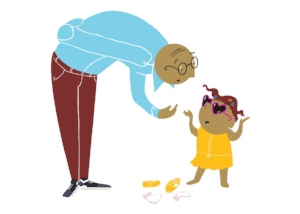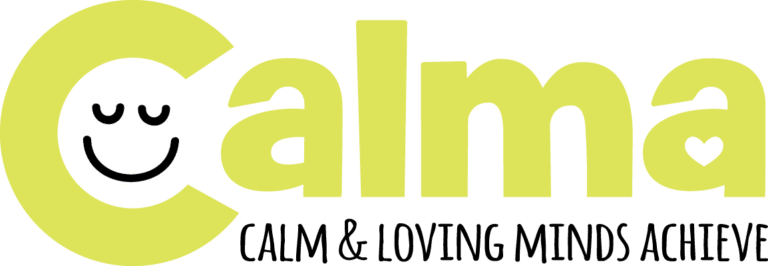In May I made a split second panicked decision to cancel a trip to Mexico with my best friends and our children because my 19-month-old daughter was on day five of having absolutely insane tantrums. The one at the airport (that ultimately resulted in me returning to the airline desk in tears to retrieve my already checked luggage and carseat) was going on thirty minutes before I decided there’s no way I was putting myself in a 3-foot torture chamber for the next five hours with a screaming toddler on my lap and 100’s of people staring at me in frustration, or at best pity, no matter how much I craved Mexican culture, the beach, making memories with good friends and relaxation, which I clearly wasn’t going to get. After that incident, I began obsessively consuming books with titles like, “No Drama Discipline“, “The Happiest Toddler on the Block” and “How to Deal with the Terrible Twos“. Thank God for Amazon’s “Customers who bought this item also bought” feature. In all these books, I noticed one common theme, the same theme I saw in every educational book or training I participated in as a behavior interventionist: Only Calm Minds Can Learn.

It doesn’t matter if you’re teaching mathematics in a classroom, or teaching little Suzie that she doesn’t get a candy every time you check out at the grocery store because its bad for her teeth. A mind that is worried, upset, frustrated or angry can not physiologically absorb information. When we’re feeling this way, the part of the brain called the amygdala hijacks the rest of the brain, and stress hormones flood the body, meaning that the part of the brain that allows us to take in and process information (the prefrontal cortex) is not fully functioning because its been taken over by the amygdala. This is why it is so important to calm the mind before the brain can learn.
In the book No Drama Discipline the authors explain that from its inception, the word discipline has meant “to teach”, and remind us that the goal of discipline should not be to punish, but to teach the correct behavior. Punishing without teaching will not foster the correct behavior in future situations. Luckily, parenting books are chock-full of incredibly effective and easy little techniques to use with your children to calm them down. (My personal favorite, and what I found most effective with my daughter, is to remove the tantruming toddler from the situation, then get below their eye level; set them on a counter, or kneel down to speak to them. This removes the authoritative feel, and provides connection for the child when they need it most.)

Unlike these parenting books, I found almost no strategies to use in the classroom to create a calm learning environment when I was an educator. Of course when you’re trying to calm one child, similar techniques as found in parenting books can be applied, i.e. connecting, removing the child from the situation, breathing, counting, etc. But, how could I make sure the minds of 20+ children are calm in order for them to learn? This was of particular concern to me working with students from inner-city households because poverty is the number one predictor for stress in children, and high levels of stress hinder the development of a child’s prefrontal cortex, that part of the brain mentioned above that controls our intellectual functions, according to Paul Tough in his most recent book Helping Children Succeed (p. 15). Dr. Dana Suskind author of Thirty Million Words says, “If a child’s mind can’t, in a sense, quiet itself or concentrate on the information being presented, that information will not be absorbed by the child. It’s that simple. The result is not only curtailed learning at that moment, but a poor prognosis for future learning, regardless of the child’s potential IQ.” (Suskind, p. 112). Yikes!
I had been practicing mindfulness regularly, and noticed that I was not only much calmer, but my thinking was clearer, too. So clear that I told my mindfulness expert, Dr. Bira that I really, honestly, with all of my heart and research from experts believe mindfulness is the key to education because it helps students’ minds quiet and the part of the brain that allows them to learn (the prefrontal cortex) is ready to absorb information. We can create all the fanciest academic curricula in the world, but if our students’ minds aren’t calm and focused, then they’re not learning it. Dr. Bira agreed, but said, “I don’t know how to work with kids. You’ve got to do this.” It was then that Calma was born, and with the oversight from Dr. Bira, focus groups of very honest kids, and teacher feedback we wrote a 5 week, 5 lesson curricula with grade-specific guided mindfulness audio in order provide teachers the tools they need to calm the minds of their students in order to grow their brains. And, it is amazing to see calm and loving minds achieve.

